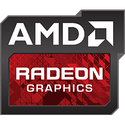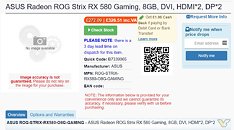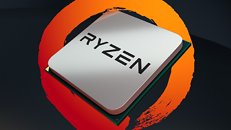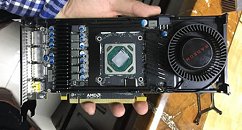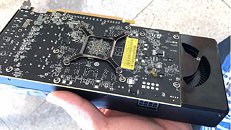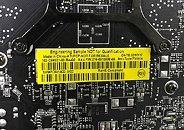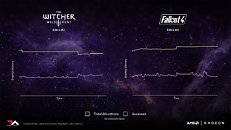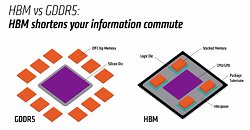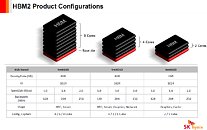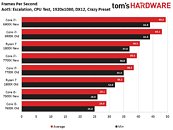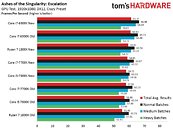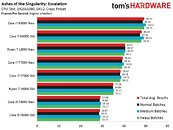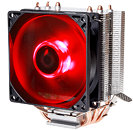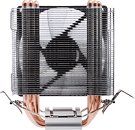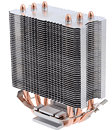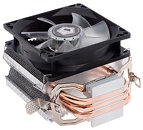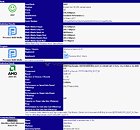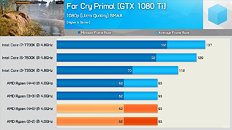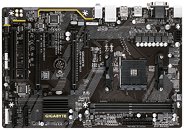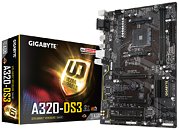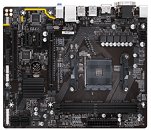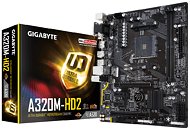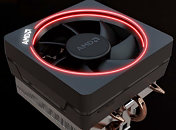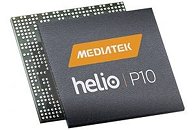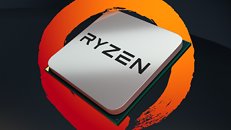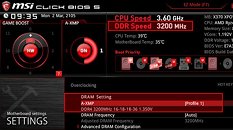
AMD Ryzen 3 1200 Specifications Surface
Following its launch of the Ryzen 5 series performance-segment six-core and quad-core processors later this month, AMD could launch entry-level quad-core chips based on the 14 nm "Summit Ridge" silicon in the second half of 2017. This lineup will be called the Ryzen 3 series, and will occupy several sub-$150 price points.
The Ryzen 3 series parts will compete with Intel's Core i3 dual-core "Kaby Lake" processors, and will offer four cores, even if lacking SMT (that's 4 cores, 4 threads), and up to 8 MB of L3 cache, making for a compelling deal against Core i3 "Kaby Lake" dual-core parts that have 2 cores and 4 threads enabled through HyperThreading, and just 3-4 MB of L3 cache. What's more, the Ryzen 3 series chips will come with unlocked base-clock multipliers. One of the prominent Ryzen 3 series SKUs revealed by leaky taps among the motherboard industry is the Ryzen 3 1200.
The Ryzen 3 series parts will compete with Intel's Core i3 dual-core "Kaby Lake" processors, and will offer four cores, even if lacking SMT (that's 4 cores, 4 threads), and up to 8 MB of L3 cache, making for a compelling deal against Core i3 "Kaby Lake" dual-core parts that have 2 cores and 4 threads enabled through HyperThreading, and just 3-4 MB of L3 cache. What's more, the Ryzen 3 series chips will come with unlocked base-clock multipliers. One of the prominent Ryzen 3 series SKUs revealed by leaky taps among the motherboard industry is the Ryzen 3 1200.

